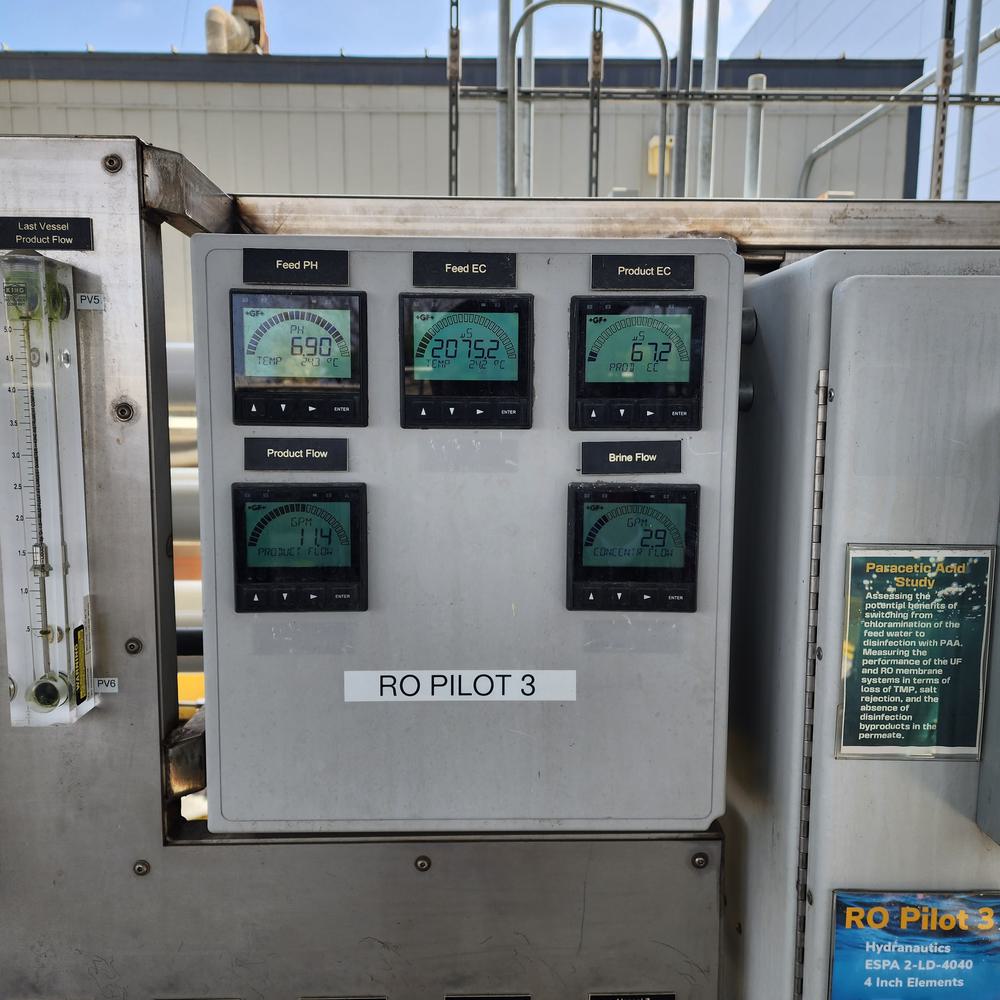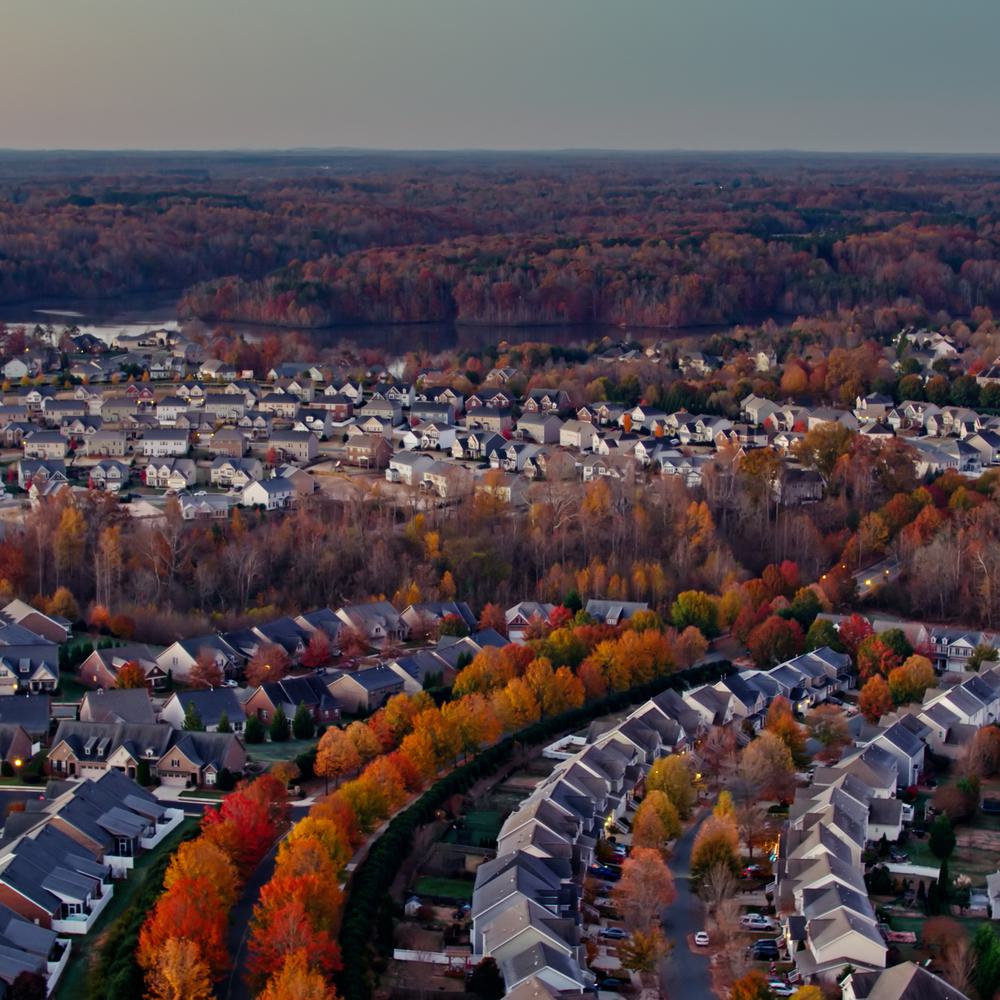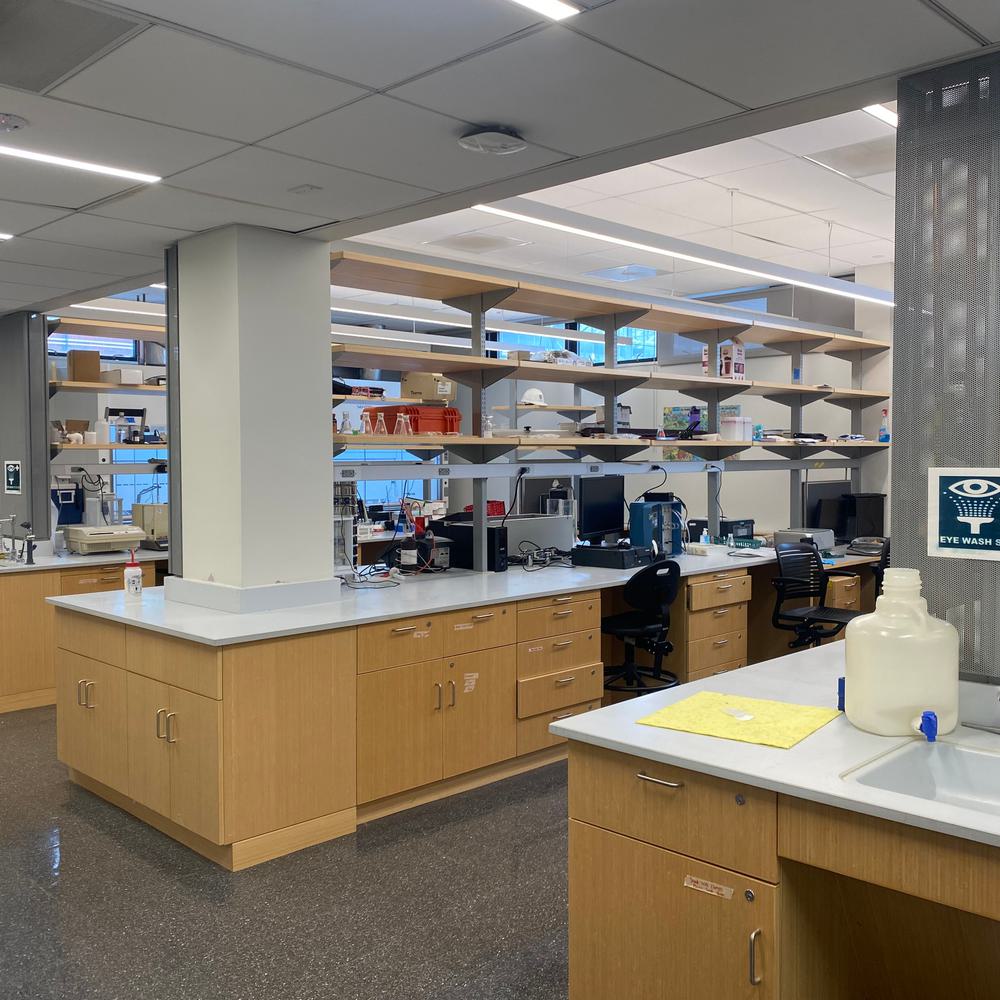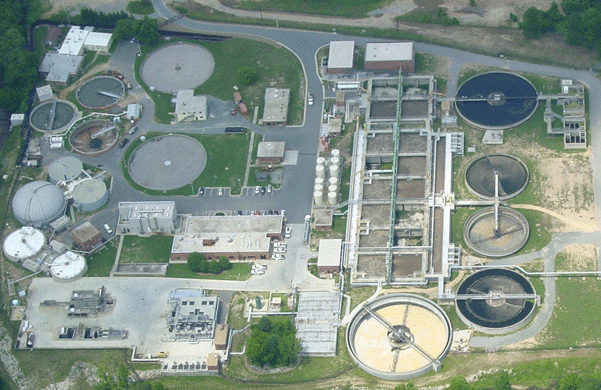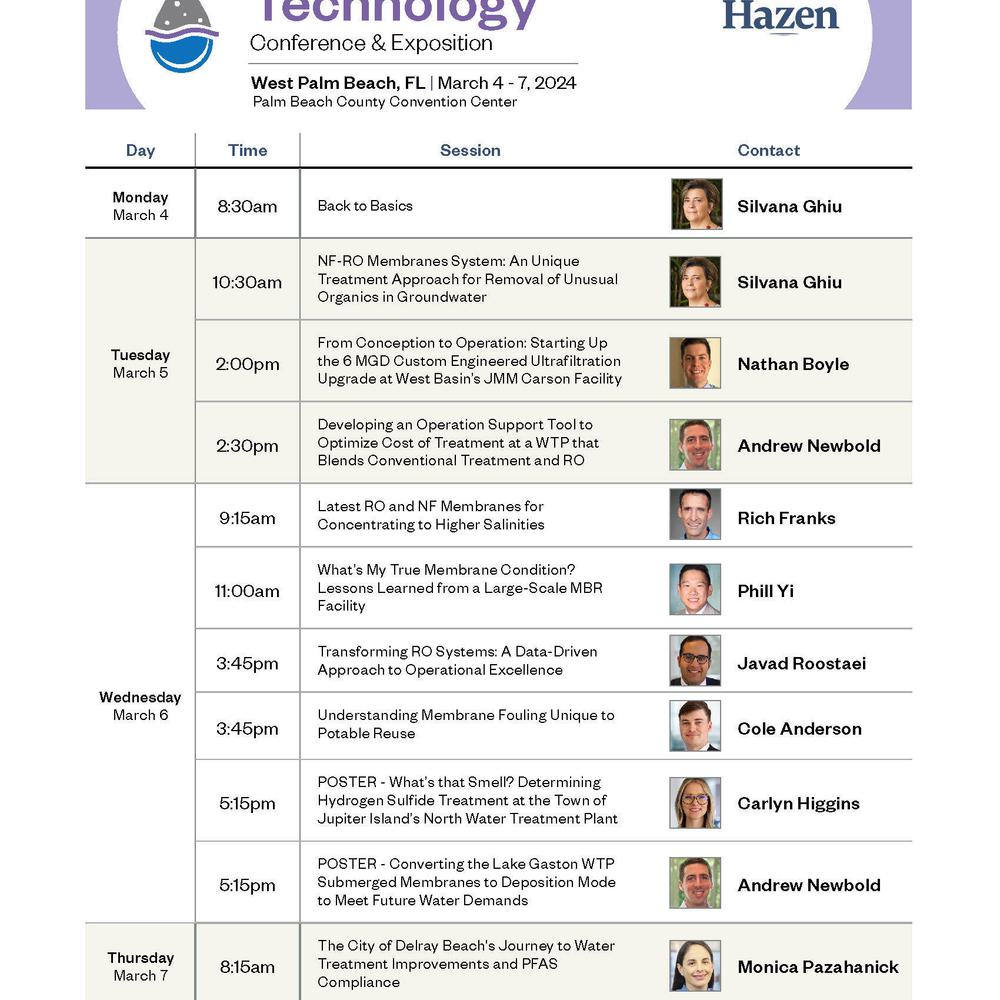Preparing a Stable Water Source for Direct Potable Reuse in El Paso
The robust redesign of an aging treatment plant will provide the increased capacity and high-quality effluent needed to make direct potable reuse a reality.
At a Glance:
- El Paso Water (EPWater) has been working for decades to develop direct potable reuse to ensure that this growing community has a drought-proof, sustainable water supply.
- The success of EPWater’s new Advanced Water Purification Facility (AWPF) depends on the quality and reliability of effluent from the Roberto R. Bustamante Wastewater Treatment Plant.
- With the rehab and expansion of the Bustamante plant, Hazen had the opportunity to design and innovate stable effluent quality that meets all the raw water targets for direct potable reuse (DPR).
- Hazen helped our client tackle the twin challenges of capacity and quality in a way that’s flexible, responsive to harsh and changing conditions, and cost effective.

Brandt Miller serves as the wastewater practice lead for Texas and the surrounding states.
Related Topics:
Rethinking Plant Performance
In 2019, Hazen launched a year-long optimization study of the Roberto R. Bustamante plant to determine how to expand capacity and extend the lifespan of this 33-year-old facility. Though the plant was originally permitted to treat 39 mgd, it was challenged at significantly less—around 30 mgd. The Hazen team set out to understand why the plant was underperforming, establish the reliable capacity of the existing plant, and develop a process model that accurately predicts the facility’s performance in different expansion scenarios.
By comparing historical data and field data, Hazen discovered an important new trend affecting the plant. Across Texas over the last decade, successful water conservation efforts have had an unexpected result: more concentrated wastewater. Metrics which were historically correlated—flow and influent load—have diverged. At the Bustamante plant, historical flows increased very little while influent loads spiked above design capacity.
When flow is not growing as rapidly as the strength of wastewater, capacity estimates developed under 1980s conditions no longer apply. Expanding the plant to 51.4 mgd was not just a matter of adding flow. It would require recovering lost capacity and building new efficiencies in the entire plant.
Expanding to Meet Multiple Treatment Goals
Beyond rehab for the existing plant, a second phase of work focused on process improvements to provide stable effluent quality for the future. Historical performance showed that existing processes at the plant could not meet water quality targets for direct potable reuse.
Future expansion would not only have to improve quality, but also meet multiple treatment goals. Eventually, EPWater will require three different discharge permits, all with increasingly stringent targets for water quality. The first permit manages releases of treated wastewater into the Riverside Canal for downstream irrigation and replenishing the Rio Bosque Wetlands Park. A second permit covers El Paso’s extensive reclaimed water system, which supplies the city’s golf courses, parks, school grounds, construction, and industrial sites. Finally, a third permit for the Advanced Water Purification Plant will be the most stringent and most expensive to achieve. The AWPF build-out requires 13 mgd, a relatively small percentage of the overall capacity of the expanded Bustamante plant (51.4 mgd).

With the proposed improvements, the facility becomes a cost-effective source for long term water sustainability.
At this point, EPWater had the opportunity to design a new train for stable effluent quality that meets all the targets for advanced purification. Because of those different permits, Hazen had to consider different technologies from a cost-to-treat perspective. Our process expertise and site knowledge narrowed the multitude of options to the most applicable technologies. Hazen evaluated these technologies for the new treatment train to increase overall capacity and meet effluent targets for DPR. New facilities provide biological nutrient removal (BNR) to meet the source water quality goals.
The evaluation process presented clear selections to both improve existing facilities and develop new ones, all while building credibility in decision tools. Hazen’s holistic planning process met all objectives to provide robust plant design upstream of the Advanced Water Purification Facility. By aligning process with end use, we were able to deliver cost savings to our client and a sustainable source water for DPR in a region that’s increasingly stressed for water supply.
